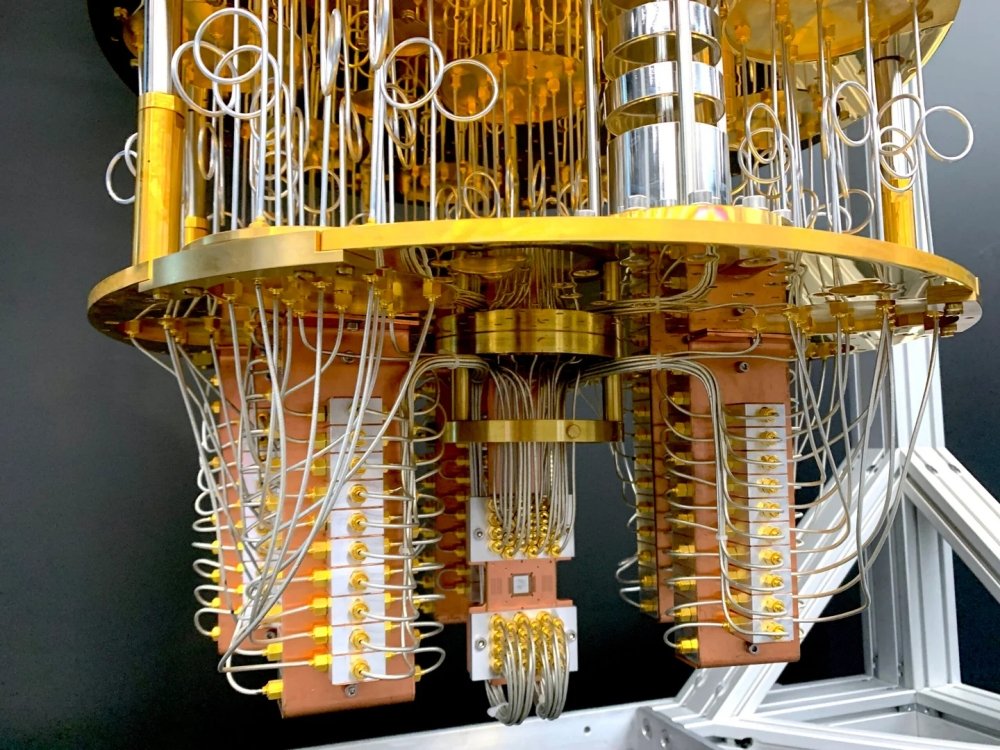IBM he said its goal to build a 100.000 qubit quantum computing machine within the next 10 years in collaboration with the University of Tokio and the University of Chicago. The MIT Technology Review he says:
Late last year, IBM took the record for the largest system quantum computers with a processor that contained 433 quantum bits or qubits, the fundamental building blocks of quantum information processing.
Now, the company has set its sights on a much bigger goal: a 100.000-qubit machine it plans to build within 10 years. IBM made the announcement on May 22 at the G7 summit in Hiroshima, Japan. The company will partner with the University of Tokyo and the University of Chicago in a $100 million initiative to advance quantum computing in the realm of modeof full scale, where the technology could potentially face pressing problems which no standard supercomputer can solve.
The idea is that the 100.000 qubits will work alongside the best "classic" supercomputers to achieve new breakthroughs in drug discovery, fertilizer production, battery performance and a host of other applications.
“I call this a quantum-centric supercomputer,” IBM quantum vice president Jay Gambetta told MIT Technology Review in an in-person interview in London last week.
IBM has already done proof-of-principle experiments (PDF) that show that integrated circuits based on “complementary metal oxide semiconductor” (CMOS) technology can be installed next to cold qubits to control them with only tens of milliwatts. Beyond that, he admits, the technology needed for quantum supercomputers doesn't yet exist: that's why academic research is a vital part of the project.
The qubits will reside in a type of modular chip that is just beginning to take shape in IBM's labs.
IBM's “Kookaburra,” one Processor 1.386-qubit multi-chip quantum communication link is under development and expected to be released in 2025.
For the other necessary innovations, the universities come in. Researchers in Tokyo and Chicago have already made significant strides in areas such as components and communication innovations that could be vital parts of the final product, Gambetta reports.
He believes there will likely be many more industry-academia collaborations over the next decade. "We need to help universities do what they do best."





